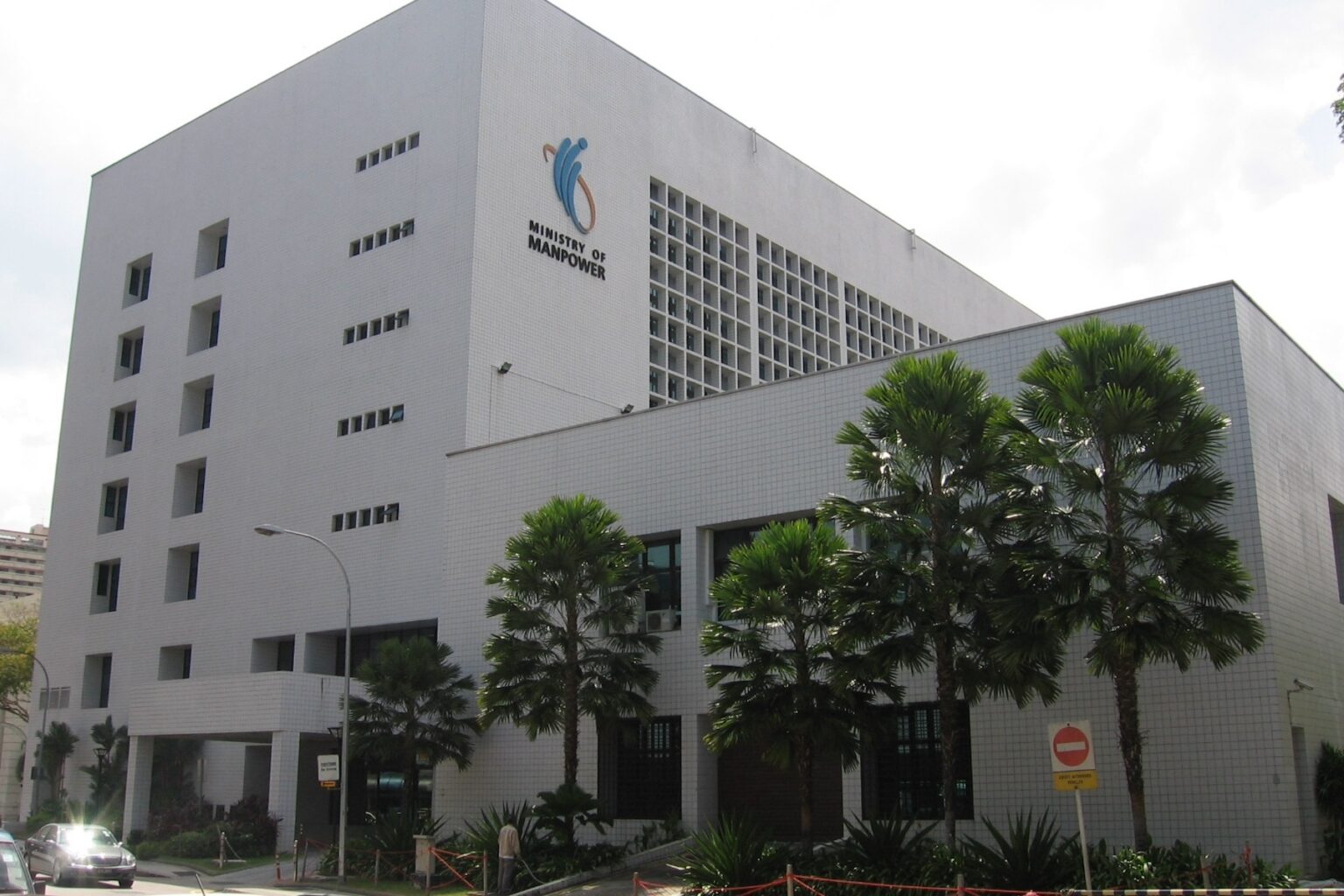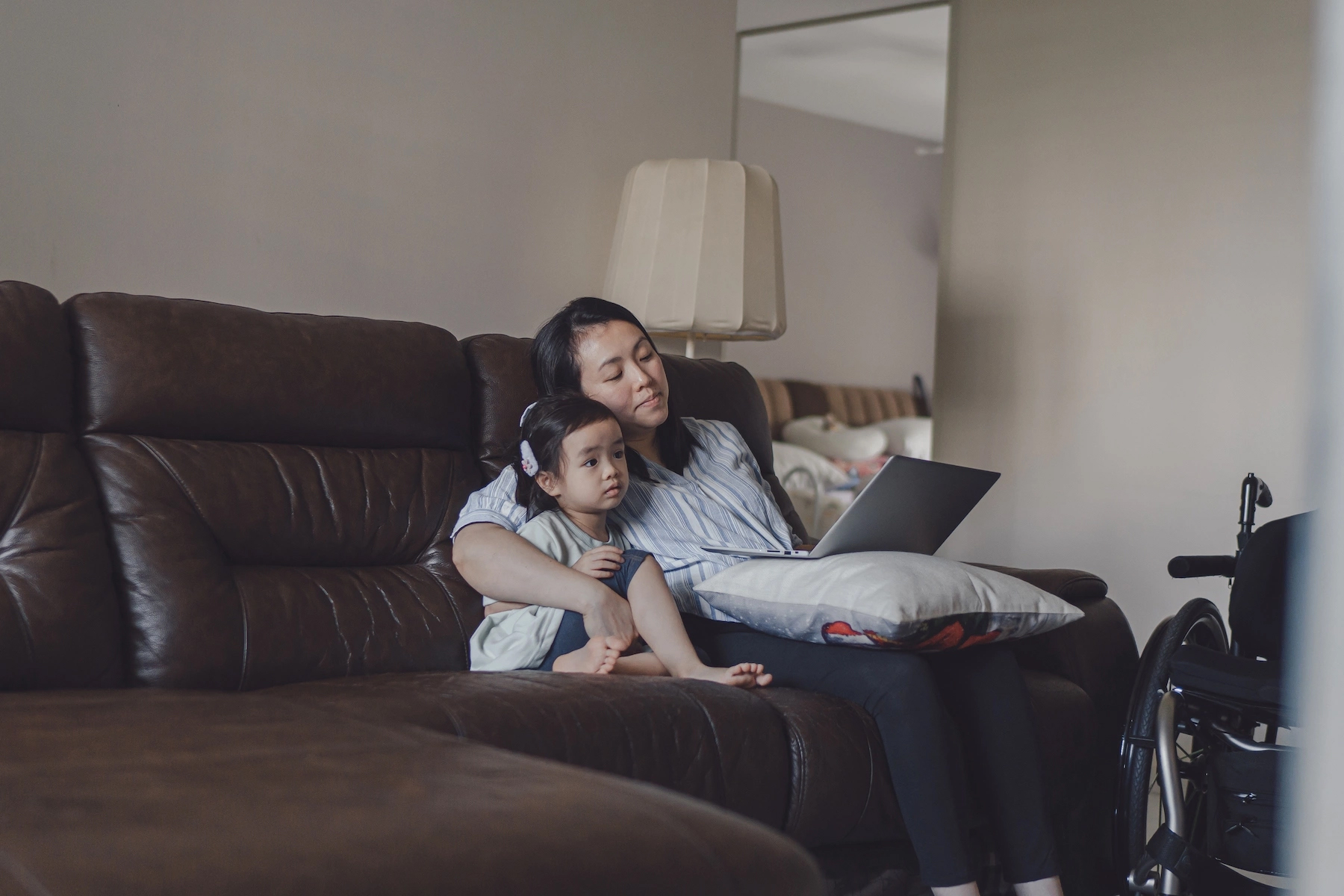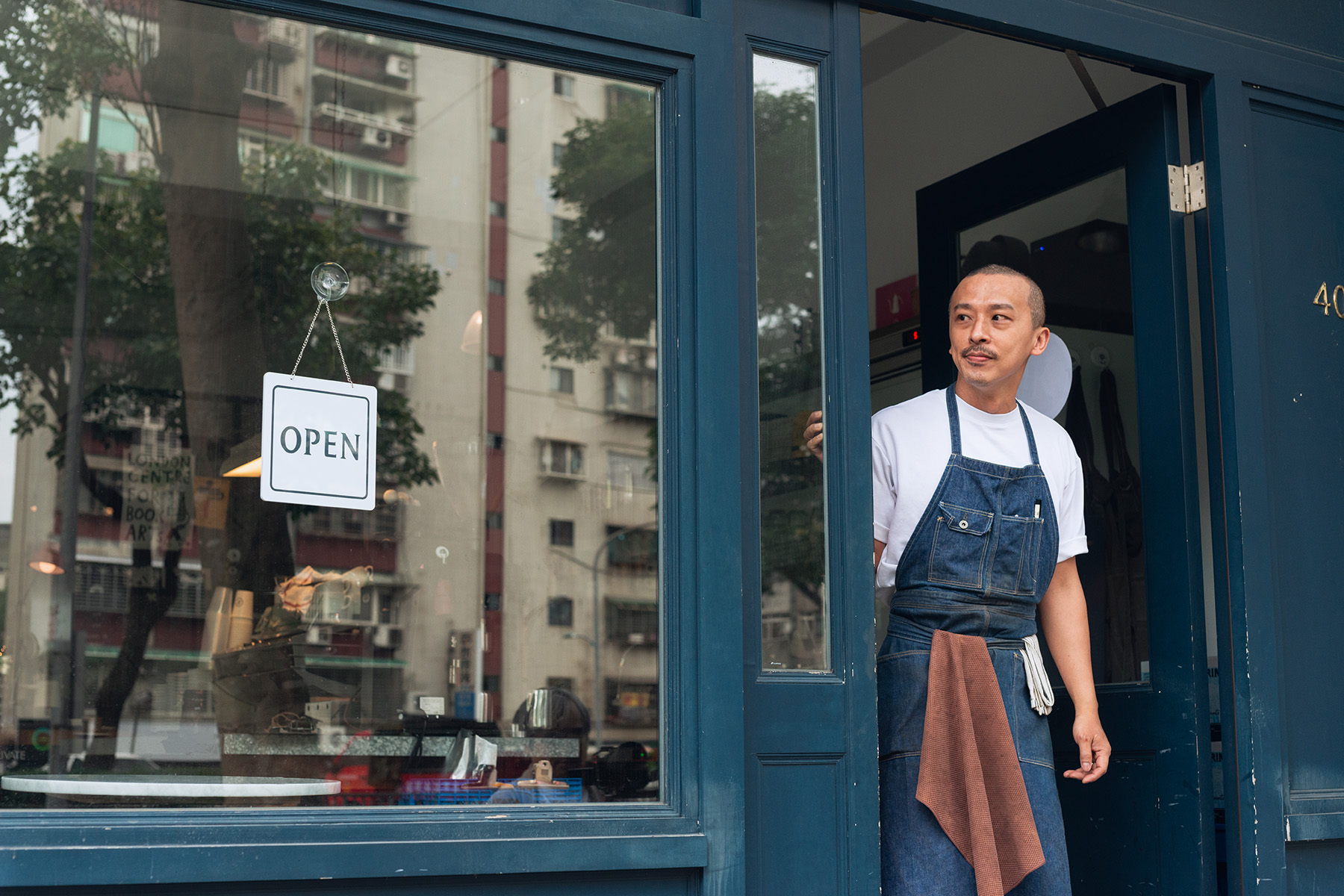Foreigners who don’t have permanent residency aren’t eligible for Singapore’s social security system, the Central Provident Fund. However, there are other ways you can ensure you have adequate retirement income, child benefits, and healthcare protections.
Read on to learn about social security in Singapore, including information on the following:
- Social security in Singapore
- Who is eligible for Singaporean social security?
- Singaporean unemployment benefits
- Sickness benefits in Singapore
- Workplace injury compensation
- Disability benefits in Singapore
- Health insurance in Singapore
- Does Singapore have child benefits?
- CPF for self-employed workers and freelancers
- Social security in Singapore for low earners
- Useful resources
Allianz Care
Allianz Care is a world-leader in providing international health insurance. Their various premiums provide professionally designed solutions for a variety of expat lifestyles. So, wherever your life takes you, make sure you have the right health protection for you and your family with Allianz Care.
Social security in Singapore
The Central Provident Fund (CPF) is the main pillar of Singapore’s social security system, overseen by the Ministry of Manpower (MoM). Employees and employers make monthly CPF contributions, which fund retirement, healthcare, and homeownership benefits.
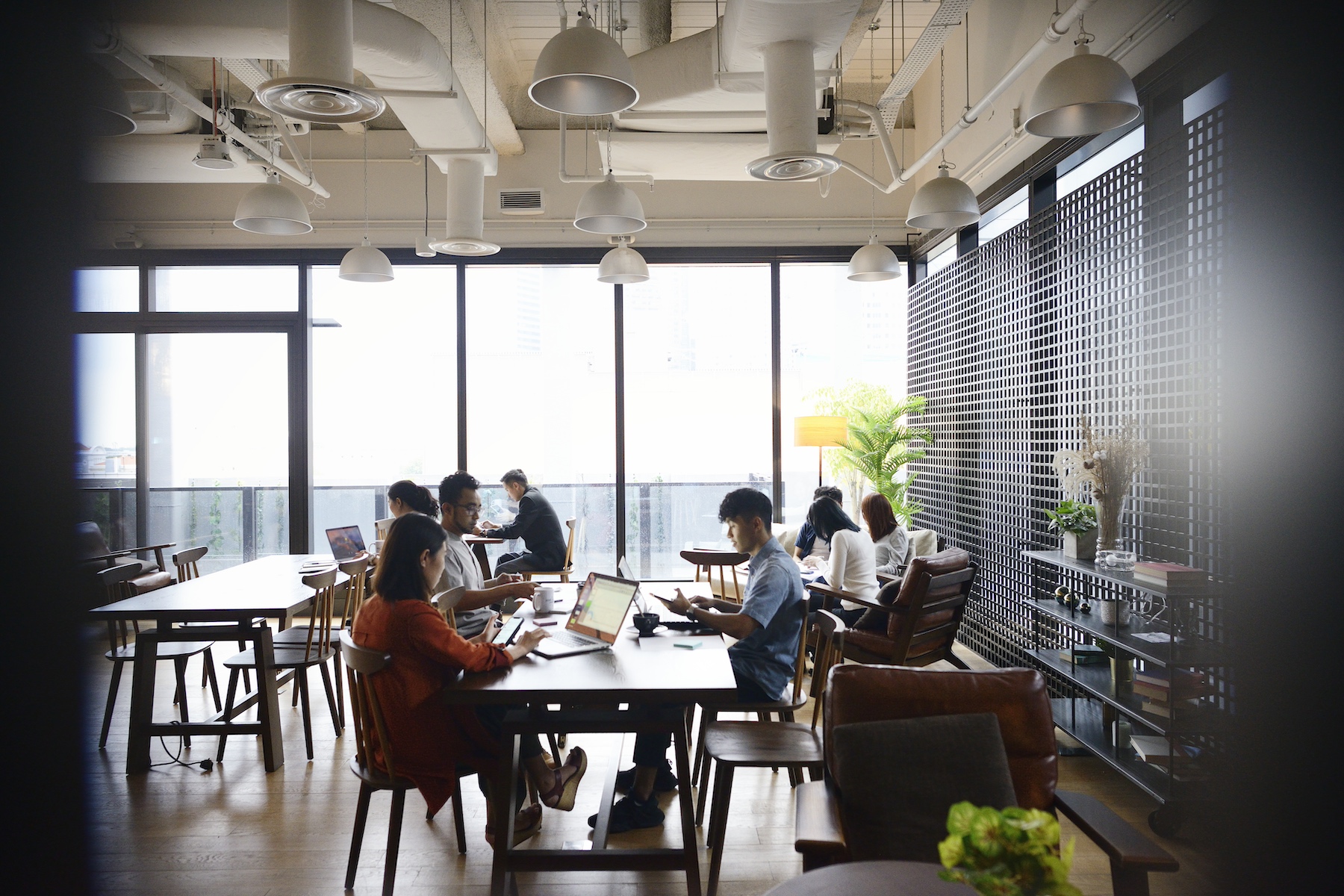
Foreign workers in Singapore do not qualify for the CPF unless they have first obtained permanent residency. If you plan on living in Singapore for the long term, it’s worth considering applying for residency. The CPF system offers excellent benefits, including tax relief on contributions and interest on savings.
Expats who don’t have permanent residency can still benefit from workplace protections such as sick pay and maternity leave under Singapore’s Employment Act. However, they are not eligible for a CPF pension or subsidized public healthcare.
Who is eligible for Singaporean social security?
CPF contributions are mandatory for Singaporean nationals and permanent residents working in the city-state. Students and domestic employees are exempt from contributions. Self-employed workers with permanent residency must contribute to the healthcare segment of the CPF.
CPF social security account types
Workers in Singapore must make CPF contributions regardless of whether they have a full-time, part-time, or casual employment contract. There are three types of CPF accounts, as follows:
- Ordinary account (OA) – Funds house purchases, insurance, investments, and educational courses. OA savings are commonly used towards buying a home from Singapore’s Housing Development Board. You must return any money you’ve withdrawn to your CPF fund to sell the property. See the CPF Board’s guide to buying a house.
- Special account (SA) – Funds income in retirement
- MediSave account (MA) – Covers medical costs such as outpatient bills, hospitalization, and health insurance. See the CPF Board’s guide to healthcare financing for more information.
Retirement Account (RA)
OA and SA savings are moved to a retirement account (RA) when you turn 55, at which point you can withdraw up to S$5,000 of your savings. At 65, you can withdraw a further 20%.
If you have at least S$60,000 in your RA at age 65, you will be automatically enrolled in the CPF Life scheme. This annuity-based scheme guarantees a pension income for life rather than until your savings run out.

If the CPF Life scheme is not an option, you’ll be enrolled in the retirement sum scheme (RSS) instead. Upon turning 55, you’ll be informed of the amount you need in your CPF account to receive a ‘basic’ or ‘full’ retirement sum (pension payment) at 65. This gives you a decade to increase your contributions, offering a clear path to your retirement goals.
From age 65, policyholders are provided with a monthly pension income until the age of 90 or until the policyholder’s savings run out.
CPF contributions
The maximum CPF contribution rate is 37% of the salary. Employees contribute between 5% and 20% of their earnings, and employers between 7.5% and 17%. Contributions are capped based on maximum earnings of S$6,800 a month in 2024. The cap will rise to S$7,400 in 2025 and S$8,000 in 2026.
The percentage of your income you must contribute depends on your age and how much you earn. Anyone who earns more than S$750 per month in 2024 must make the following contributions:
| Age | Employee contribution (of salary) | Employer contribution (of salary) |
| 55 or below | 20% | 17% |
| 55–60 | 16% | 15% |
| 60–65 | 10.5% | 11.5% |
| 65–70 | 7.5% | 9% |
| 70 or above | 5% | 7.5% |
How CPF social security contributions are allocated
CPF contributions are split between your OA, SA, and MediSave accounts – if you were 35 or below and made a contribution of S$100 in 2023, the money would have been split as follows:
- Ordinary account: S$62
- Special account: S$16
- MediSave: S$22
Interest rates on CPF contributions
Policyholders gain competitive rates of interest on the savings in their CPF accounts. The standard interest rates are as follows:
- Ordinary account (OA): 2.5%
- Special account (SA): 4%
- MediSave account (MA): 4%
- Retirement account (RA – opened at age 55): 4%
The government pays additional interest on top of the sums above. Overall, the maximum interest you can earn is 5% on the first S$60,000 of your CPF balance (up to the age of 55), or 6% on the first S$30,000 and 5% on the next S$30,000 (over the age of 55).
What if you are not eligible for social security in Singapore?
If they first obtain permanent residency, expats can only receive social security benefits under the CPF. If you’re in Singapore on a work visa, you can apply for permanent residency after working for your employer for six months.

However, this doesn’t necessarily mean you’ll be successful. The government will assess a range of criteria, including your educational background, how long you’ve lived in Singapore, your employer, your salary, and any family ties you have with Singapore.
If you can’t or don’t want to apply for permanent residency, you’ll need to find an alternative way to secure your income in retirement and obtain medical coverage.
The Supplementary Retirement Scheme (SRS) is available to foreigners who don’t have permanent residency. This scheme allows expats to contribute up to 35% of their income up to a maximum of S$37,500 annually. Contributions and investment returns are tax-free; only 50% of withdrawals are taxable during retirement.
Singaporean unemployment benefits
Singapore doesn’t currently offer unemployment benefits as part of its social security system. Historically, it has instead preferred to focus on programs to get unemployed people back into work under the SkillsFuture scheme.
In 2023, the Singaporean government announced it would introduce unemployment benefits but has yet to confirm how the new system will work. The new scheme will likely offer temporary respite to redundant workers while encouraging them to upskill to improve their job chances.
Sickness benefits in Singapore
Singapore’s Employment Act covers sickness benefits for workers. You will be entitled to paid sick leave if you have worked for an employer for at least three months. This is regardless of your residency status.
For clarity, to be eligible for sick pay, you must be certified as ‘unfit to work’ by a doctor and ensure that you inform your employer within the crucial 48-hour window.
If you have worked for an employer for more than six months, you will be entitled to sick pay for up to 14 days as an outpatient and up to 60 days if you’re hospitalized. You must receive any treatment required at an approved hospital.

For outpatients, the amount of sick pay granted amounts to your gross pay rate. If hospitalized, you’ll be entitled to your gross pay rate plus additional shift allowances.
If you’ve worked for a company for less than six months, your entitlement will vary depending on the time served, as follows:
| Time served at employer | Paid sick days as an outpatient | Paid sick days while hospitalized |
| Three months | 5 | 15 |
| Four months | 8 | 30 |
| Five months | 11 | 45 |
Workplace injury compensation
You’re covered under the Work Injury Compensation Act (WICA) if you suffer an injury or contract a disease while at work. This protection is available to foreign employees, regardless of their residency status. The WICA offers three types of compensation: medical leave, medical expenses, and lump sum compensation for permanent incapacity, current incapacity, or death caused by a work injury.
The compensation payable varies depending on the type of injury or illness, whether you require hospitalization, and how long you’re off work. See the MoM’s guide to workplace compensation for details.
Some Singaporean employers provide additional life insurance policies for their employees as a benefit. Coverage usually amounts to a payment of one or two times the employee’s annual salary in the event of their death.
Disability benefits in Singapore
While the Employment Act doesn’t include disability benefits, the CareShield Life scheme covers permanent residents in Singapore.
Singaporean citizens and permanent residents born in 1980 or later are automatically covered from the age of 30. Foreigners born before 1980 who have permanent residency are required to sign up for the scheme as long as they don’t have a severe disability.
CareShield Life provides lifetime cash payments for anyone who suffers a disability while covered under the scheme. Full details are available in the Ministry of Health’s CareShield Life welcome booklet (PDF).

The Dependants’ Protection Scheme is also available to people who make CPF contributions. This life insurance scheme provides payments to members or their families in instances of permanent disability, terminal illness, or death. The scheme covers members up to 65 years old. Policyholders aged up to 60 can benefit from coverage of up to S$70,000. Those aged 60–65 can benefit from coverage up to S$55,000.
Health insurance in Singapore
If you have permanent residency in Singapore, you’ll receive healthcare coverage under the MediSave portion of your CPF contributions. The money in your MediSave account (MA) covers day-to-day healthcare costs and insurance premiums for you and your family.
If you don’t qualify, you can choose between paying for public healthcare as and when needed or taking out a private healthcare insurance policy. Unlike other countries, Singapore doesn’t require expats to have comprehensive health insurance as a prerequisite for obtaining a visa.
If you work for a Singaporean employer, you may be provided with private health insurance as an employment benefit. Private healthcare is top-rated in Singapore, offering more services and shorter waiting times. A 2020 healthcare policy report by the Commonwealth Fund found that two-thirds of citizens and permanent residents have some form of private coverage.
Does Singapore have child benefits?
Maternity leave
Expectant mothers get up to 16 weeks of paid maternity leave in Singapore. This social security benefit is also open to foreigners. To get the full 16 weeks of paid leave, the following must apply:
- The mother must have been employed or self-employed for three months before the birth
- The mother and father must be married
- The child must be a Singaporean citizen
If the child is not a Singaporean citizen, the paid leave drops to 12 weeks.
Maternity leave payments are as follows:
- The first and second child: Your employer pays the first eight weeks in full. The government reimburses your salary for the remainder of the period up to S$10,000 per four weeks.
- Starting from the third child: The cap of S$10,000 per four weeks applies to the full maternity leave period
Maternity leave generally begins for weeks before the due date. Alternatively, mothers can opt for a flexible plan to spread their leave over 12 months. You can use the government’s calculator to work out your maternity leave allowance.
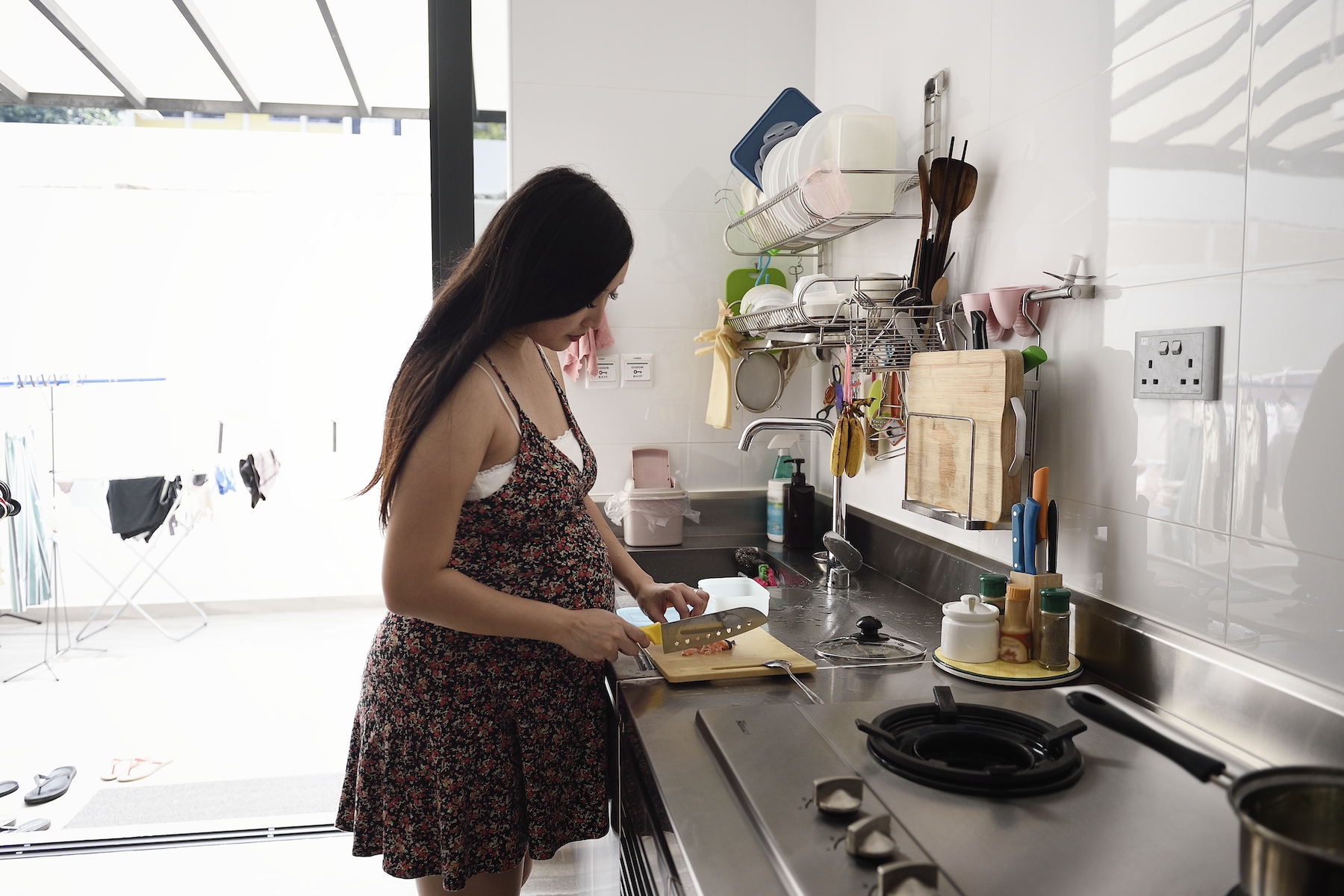
Different rules may apply if you’re unmarried, are a contractor or temporary employee, or have twins. Check the government’s advice on maternity leave in particular situations.
Parents can also share up to four weeks of the mother’s maternity leave.
Paternity leave
Fathers receive up to four weeks of paternity leave with a maximum reimbursement of S$2,500 per week. Fathers are only eligible if their child is a Singaporean citizen and they are married to the child’s mother.
You can make a claim for maternity or paternity leave reimbursements via the Government-Paid Leave (GPL) Portal.
Baby Bonus Scheme
For children born with Singaporean citizenship, the parents receive a Baby Bonus Cash Gift (BBCG). The amount payable is S$11,000 for each of the first two children and S$13,000 for each subsequent child.
The government also offers ‘Child Development Account’ grants to cover healthcare and school fees. The initial grant is S$5,000 for each child, topped up by a government co-payment of between S$4,000 and S$15,000. You can find full details on the Made for Families website.
Parental leave
Working parents with a child aged two or below are entitled to 12 days of unpaid leave per year under the Unpaid Infant Care Leave scheme. Again, the child must be a Singaporean citizen for the parents to qualify for this benefit.
Tax reliefs
There are several tax relief options available to parents of Singaporean children. These include the Parenthood Tax Rebate, which ranges from S$5,000 to 20,000, and Working Mother’s Child Relief, a tax credit of 15–25%. See the Made for Families’ tax relief and rebates guide for eligibility rules.
CPF for self-employed workers and freelancers
Self-employed workers with permanent residency can use the CPF’s Self-Employed Scheme to benefit from healthcare coverage and grow their retirement savings.

Self-employed people must declare their income to the Inland Revenue (IRAS) and make mandatory contributions to a MediSave account. The CPF provides a contribution calculator based on age and income.
Self-employed people can also contribute to their other CPF accounts (OA and SA) to save for retirement. These contributions are optional and benefit from tax relief, which reflects that self-employed people don’t benefit from contributions from an employer.
Self-employed workers may also make contributions to a Supplementary Retirement Scheme (SRS) account, up to a maximum of S$15,300 per year (Singaporean citizen or permanent resident) or S$35,700 per year (foreigner).
Social security in Singapore for low earners
Workers earning less than S$750 a month can make lower CPF contributions. Additionally, low earners can benefit from the Workfare Income Supplement (WIS) scheme, which bolsters CPF savings. The scheme is available to Singaporean workers over 30 with earnings in the bottom 20% of Singapore’s workforce. 60% of WIS payments are CPF contributions, and 40% are cash.
Singapore also offers the Silver Support Scheme, a non-contributory pension income for people over 65 with low incomes during their working years. Quarterly pension benefits range from S$180 to S$900. See the CPF’s full guide to Silver Support.
Useful resources
- Central Provident Fund – Singapore’s social security system
- Ministry of Manpower – government agency that regulates social security in Singapore
- Made for Families – helpful information and advice for people starting a family in Singapore
